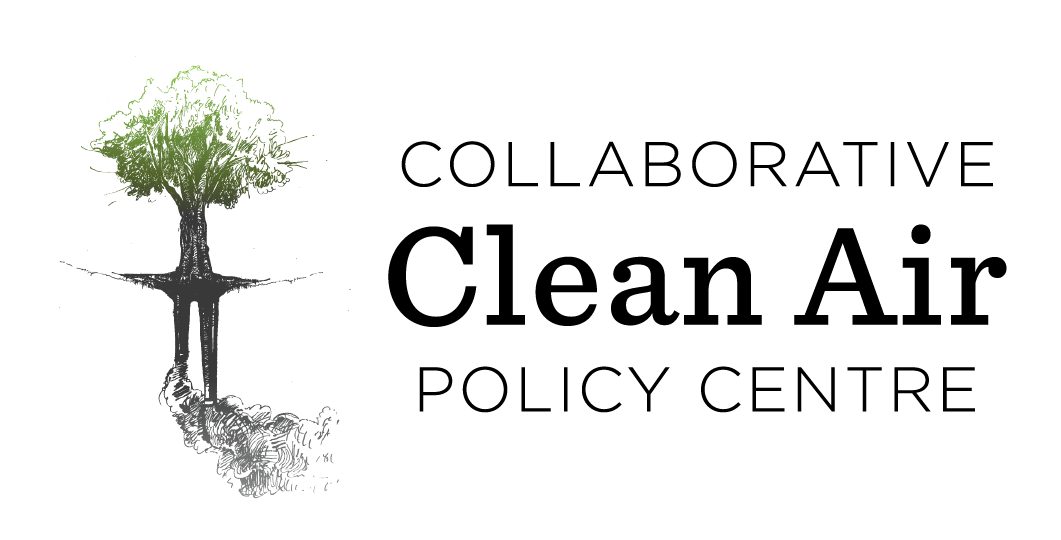(Ujjwala 2.0 series) Raising the awareness for clean cooking
By E. Somanathan
This article is part of a series of commentaries submitted by prominent Indian researchers and their collaborators on how the next phase of the Pradhan Mantri Ujjwala Yojana could better sustain LPG usage among the poor. Click here to access a summary of the major recommendations, along with links to the rest of the series.
A recent comprehensive study (Global Burden of Disease – Measuring Air Pollution Sources) has confirmed once again that the single largest source of outdoor air pollution in India is not industry or transport, it is the cooking fires of households that use wood, dung, crop residue, or other solid fuels. The smoke from cooking fires does not magically stay indoors! Since 2016, the Pradhan Mantri Ujjwala Yojana (PMUY) has made tremendous progress in bringing access to LPG to over 70 million lower-income households. Such households have about 5 members on average, so the program has reached 350 million people, a number larger than the entire US population, in just a little over 3 years.
As part of a study I am conducting in rural Madhya Pradesh together with Professors Farzana Afridi of the Indian Statistical Institute and Sisir Debnath of IIT-Delhi, we surveyed 3000 households and found that those who have recently got connections under the PMUY are consuming about 3.5 cylinders of LPG annually. This is a considerable increase from nothing, but it is less than the average consumption of about 6 cylinders of previously connected users. These data are roughly consistent with figures given earlier by the government in Parliament. It is more or less what one would expect, since Ujjwala users are poorer on average than those who had got connections earlier.
An LPG consumption level below 8 cylinders per year shows that people are not using LPG exclusively but continue to rely heavily on smoky and polluting solid fuels. This “stacking” of a modern fuel on top of a traditional fuel that continues to be used is a very common practice that is seen in rural areas all over the developing world. Despite the greater trouble and longer cooking times, the older fuel continues to be used for various reasons – habit, cost, and the taste of some foods cooked over a fire.
Our survey found that very few, only 13%, of people knew that air pollution has long-term effects on health. In fact, it increases the risk of very common and deadly illnesses such as heart disease, pneumonia, strokes, asthma, lung cancer, and chronic obstructive pulmonary disease. This suggests that if people were more aware of the long-term health effects of cooking with solid fuels, then the practice of fuel-stacking may be considerably reduced. We are presently in the process of conducting a randomized controlled trial in which a randomly selected set of households is given information about the health effects of cooking smoke. We will be monitoring LPG uptake by these households as well as in a “control” group that did not receive the information campaign. By comparing the change in LPG uptake between the two groups, we will be able to measure the impact of the health information campaign.
Another reason that LPG use may be limited is that people may not be aware that they are getting a subsidy for each LPG cylinder. This is because they pay the full market price at the time of purchase and receive a transfer in their bank account for the subsidy amount after two or three days. The oil marketing companies have an automated system that send a text message to the phone linked to the account when the transfer has been made. But this number is not always updated and messages are in English, so it is possible that many people remain unaware of the direct benefit transfer they are getting with each cylinder purchase. In our study, we add this information to a third group of households in order to see how much of an effect this has on LPG uptake.
About a third of the households we surveyed still did not have LPG connections. We will be measuring whether the information campaigns induce such households to get connections or to buy electric induction stoves, another non-polluting cooking option.
Our information campaign is being done through household visits by village health workers (ASHAs) who have credibility. In addition, mass media such as TV and radio should also be used on a large scale to spread awareness of the dangers of cooking with polluting fuels.
Electric cooking is spreading in India as the electricity supply network expands and quality gradually improves. Induction stoves are now a cheap option. To further help disadvantaged households eliminate their reliance on polluting solid fuels, it is important for the government to promote electric cooking. This can be done by reimbursing the electricity bill for poor consumers upto a limit of 100 units per month, and by subsidizing cooking appliances such as induction stoves. The consequences of air pollution are huge and tragic – over a million Indians die every year because of it. All avenues to reduce it quickly should be explored.
(Somanathan (som@isid.ac.in) is a Professor at the Indian Statistical Institute, New Delhi)
